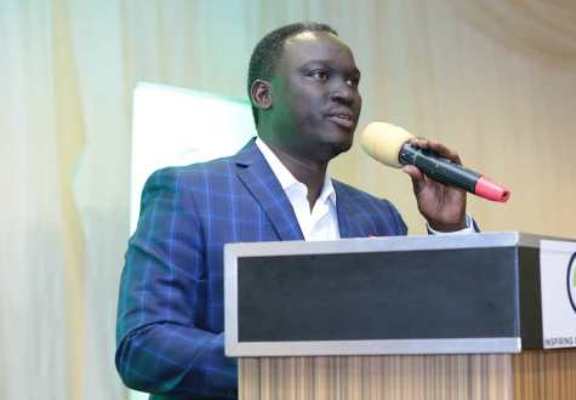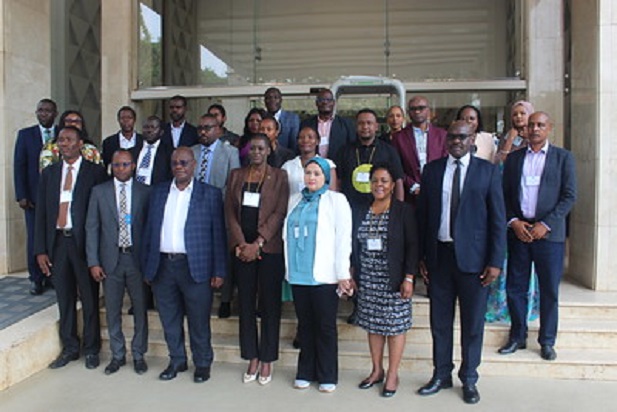Merck, a leading science and technology company, is collaborating with the BioRescue Project to save the Northern White Rhinoceros (Rhino) by making its state-of-the-art fertility technologies and extensive knowledge on the subject available.
Only two females of this species remain – a captive-born mother and daughter named Najin (40) and Fatu (19), who are both being kept in the Ol Pejeta Conservancy in Kenya.
Sudan, the father and grandfather to the females, was the last male of the species, and died in 2018.
“With the Northern White Rhino species dangerously on the verge of extinction, we consider it our responsibility, as industry leaders in the assisted reproductive technologies for the last 60 years, to offer our help through innovative medical technologies before it’s too late,” says Marie-Andrée Gamache, Managing Director at Merck (Pty) Ltd, English Portuguese Speaking Africa (EPA).
The BioRescue Project, receiving funding of around four million Euros from the German Federal Ministry of Education and Research (BMBF), is led by Prof Thomas Hildebrandt from the Leibniz Institute for Zoo and Wildlife Research (Leibniz-IZW), and comprises a global team of scientists and conservationists from Germany, Italy, the Czech Republic, Japan and the USA.
The project takes a two-pronged approach to preventing the extinction of the species – in vitro fertilisation (IVF) and stem cell conversions.
IVF
As Najin and Fatu are too old and physically unable to carry a pregnancy to term themselves, their egg cells will be harvested for later use in an IVF procedure (with the permission of the Kenyan government).
Fortunately, Sudan’s semen was harvested before he died, and is stored at minus 196 degrees Celsius in equipment supplied by Merck, at the Leibniz-IZW.
The fertilization and maturation of the embryos will be carried out at the Avantea Center in Italy, a laboratory of advanced technologies for animal reproduction and biotechnology research, using the Geri® and Geri® Connect and Assess systems from Merck for displaying and remotely evaluating information from distributed devices, to ensure the maximum chance of success.
The embryo obtained will then be transferred into the uterus of a Southern White Rhinoceros via embryo transfer, and carried to term by the surrogate mother.
The stem cell approach
For the second approach, the Leibniz-IZW team is cooperating with renowned international stem cell experts with the aim of converting skin cells into pluripotent stem cells (master cells that can give rise to all of the cell types that make up the body) and then maturing them into primordial germ cells (the precursors of sperm and eggs).
In a trial study, the team has already been able to convert skin cells into pluripotent cells, which will be further improved in future.
“The desired outcome will be a self-sustaining, genetically healthy population of Northern White Rhinoceroses that can survive in the wild,” said Richard Vigne – Managing Director of the Ol Pejeta Conservancy. “Due to the small number of eggs and sperm available, the stem cell approach is important in order to increase the genetic variability of the population.”
The BioRescue project will also consider the ethical issues that could arise following an approach of this type, which is particularly innovative and absolutely revolutionary. These issues will be openly addressed by the consortium, through the promotion of public debate to identify the right answers to the ethical responsibilities of scientists, governments and citizens regarding biodiversity conservation activities.
Saving the Northern White Rhino is the first such project to use ART to save a species from extinction. After the project, Merck will explore whether our innovative technologies could help any other endangered species in need, potentially slowing or completely preventing the current extinction rate of as many as 2,000 species per year.





